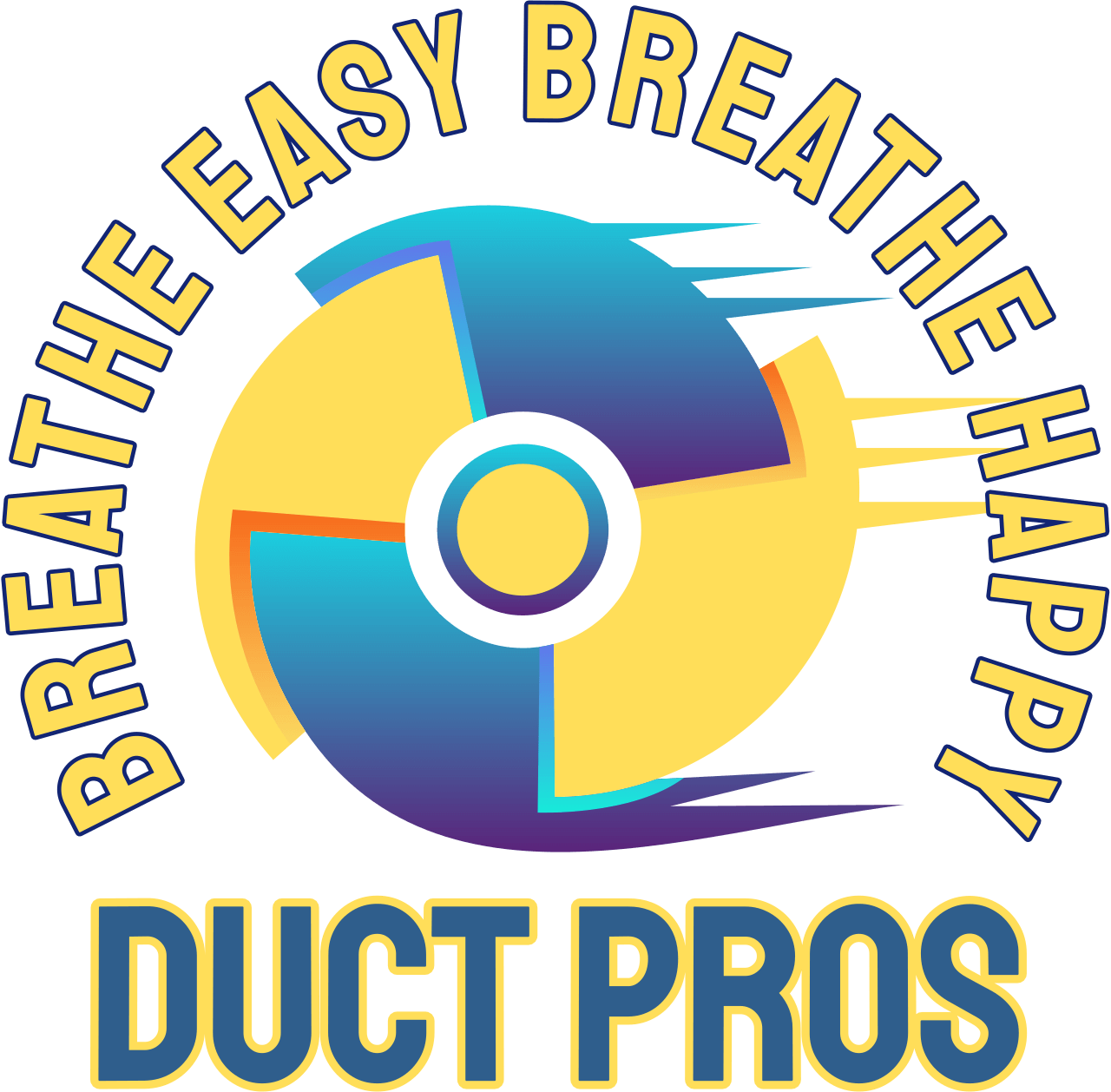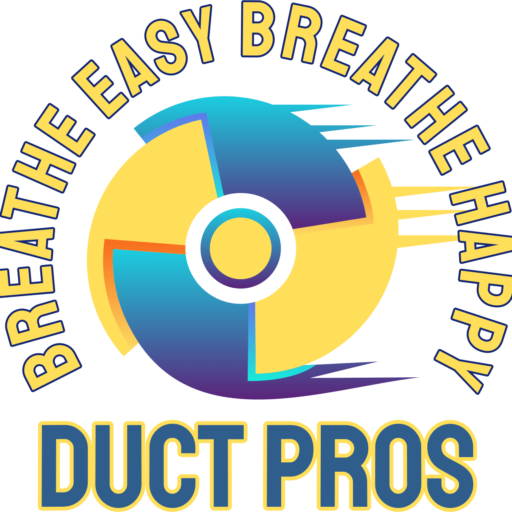Duct Cleaning
Inspecting ducts is an important task to ensure they are functioning properly and efficiently. Here’s a step-by-step guide on how to inspect ducts:
Gather Necessary Tools and Equipment:
- Flashlight
- Screwdriver
- Gloves
- Protective eyewear
- Mask (to protect against dust and allergens)
- Camera or smartphone (optional, for documentation)
- Turn Off HVAC System:
Before starting the inspection, turn off the heating, ventilation, and air conditioning (HVAC) system to ensure safety.
- Access Ducts:
Locate and access the ducts. This may involve removing vent covers or access panels.
- Examine Visible Areas:
Use a flashlight to inspect the visible sections of the ducts for signs of damage, dust, mold, or debris.
- Check for Air Leaks:
Look for any gaps, cracks, or disconnected sections that may cause air leaks. Sealing these properly is crucial for energy efficiency.
- Inspect Insulation:
Check the insulation around the ducts for any damage or deterioration. Damaged insulation can affect the efficiency of the HVAC system.
- Look for Mold and Mildew:
Check for any signs of mold, mildew, or fungal growth inside the ducts. If you find any, it may indicate a moisture problem that needs to be addressed.

- Check for Dust and Debris:
Use the flashlight to check for the presence of dust, dirt, or other debris inside the ducts. Excessive buildup can reduce airflow and affect air quality.
- Inspect Duct Connections:
Ensure that all duct connections are secure and properly sealed to prevent air leakage.
- Document Findings:
Take photos or notes of any issues or areas that require attention. This documentation can be useful for future reference and for discussing concerns with a professional.
- Clean and Maintain:
If you find significant dust or debris, consider cleaning the ducts. Regular maintenance and cleaning can improve air quality and system efficiency.
- Seek Professional Help if Needed:
If you encounter complex issues or are unsure about certain findings, consider consulting a professional HVAC technician for a more comprehensive inspection and necessary repairs.
Regular duct inspections and maintenance can extend the life of your HVAC system, improve indoor air quality, and save on energy costs.

